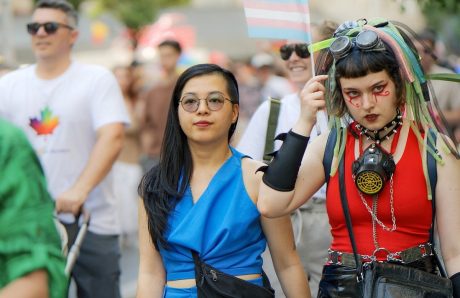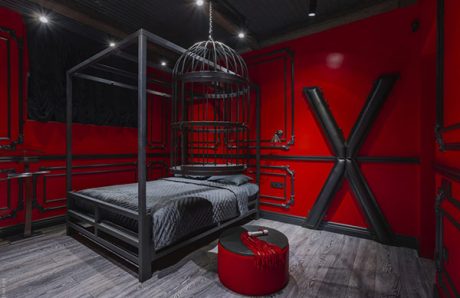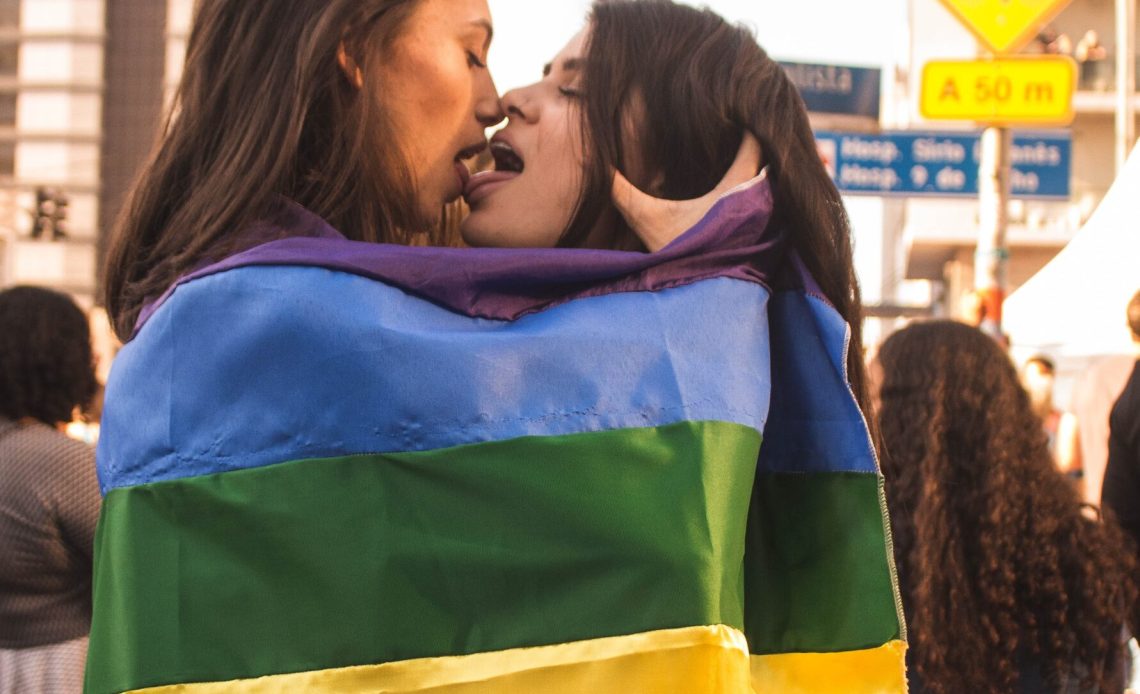
For 85 % of French people , being lesbian , gay or bi is like being straight . This is at least what emerges from an Ifop study dating from 2019. It is good to see tolerance evolving in the right direction.
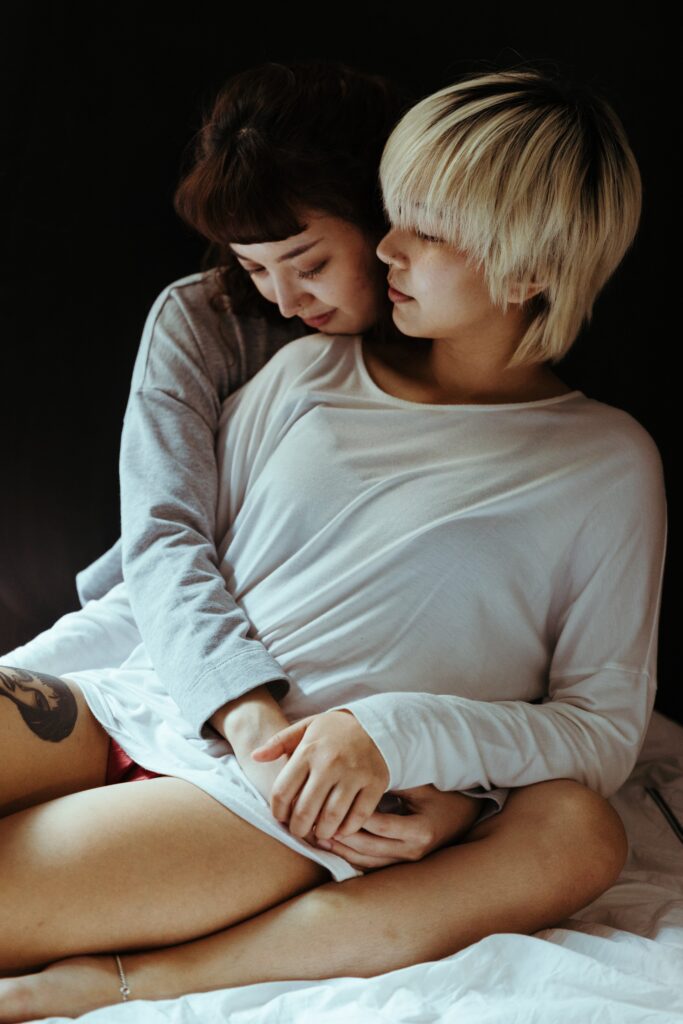
Ketut Subiyanto’s photo
there are many sexual orientations. When we are aware of this, we speak of non-binarity. On the other hand, if you think that there are only straight or gay, at “best” bi, then you are rather cisgender. No, it’s not an insult, don’t worry, it simply means that you are within the societal “norm”. Although this standard tends to change, as indicated by this survey carried out by self-administered questionnaire online from May 29 to June 3, 2019, with a sample of 3,013 people representative of the French population aged 18 and over.
The most well-known non-binary sexual orientations
Before diving into exploring the acceptance of sexual orientations in France, it is essential to understand the meaning of each sexual orientation. Here is a brief definition of some of the most common sexual orientations:
-
heterosexuality
Heterosexuality is the romantic, emotional, and sexual attraction to people of the opposite sex. It is the most widespread societal norm and is the dominant sexual orientation in many cultures.
-
homosexuality
Homosexuality refers to romantic, emotional, and sexual attraction to people of the same sex. To be homosexual means to be attracted to people of the same sex.
-
Bisexuality
Bisexuality is the romantic, emotional, and sexual attraction to people of both sexes. Bisexual people can experience emotional and sexual attraction to both people of the same and opposite sex.
-
Pansexuality
Pansexuality refers to the romantic, emotional , and sexual attraction to people regardless of their gender identity. Pansexual people can be attracted to people of all genders, including men, women, non-binary, and transgender people .
-
asexuality
Asexuality is characterized by a lack of sexual attraction to other people, regardless of their gender identity. Asexual people can nevertheless have romantic and emotional feelings towards others.
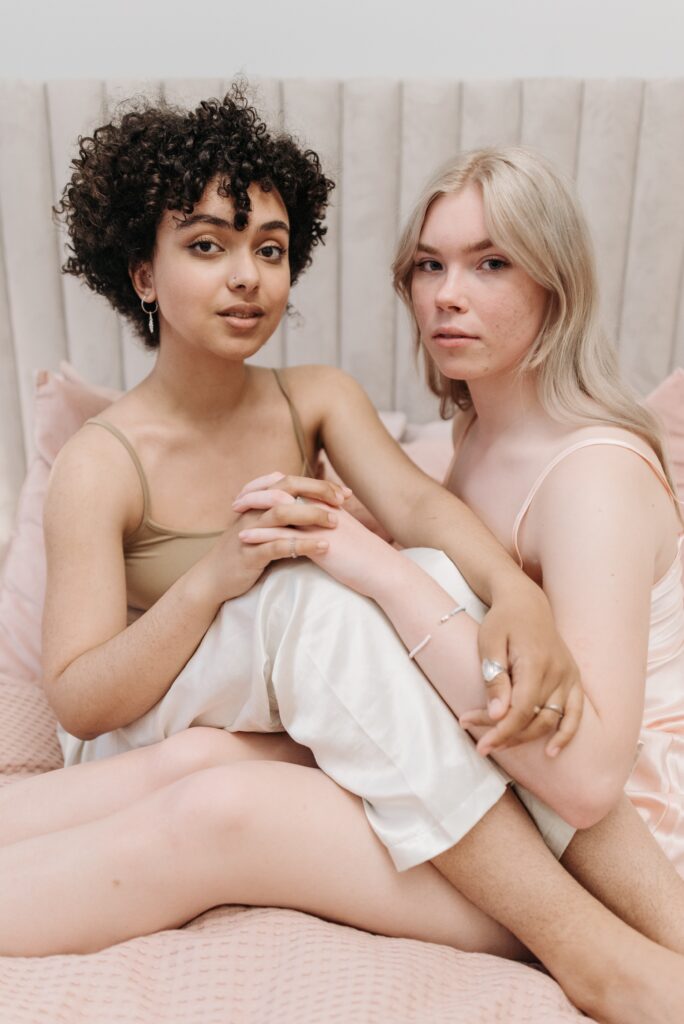
Photo Pavel Danilyuk
Growing acceptance of different sexual orientations
Acceptance of different sexual orientations is progressing in France, but stereotypes persist against LGBT people, according to a recent Ifop study. In 2019, 85% of people questioned considered homosexuality to be a legitimate way to experience one’s sexuality, compared to only 24% in 1975, according to this survey carried out in partnership with the Jasmin Roy-Sophie Desmarais Foundation and the Dilcrah (Interministerial Delegation to the fight against racism, anti-Semitism and anti-LGBT hatred).
Only 8% of respondents still believe that homosexuality is a disease to be cured, compared to 42% in 1975, before the decriminalization of homosexuality in France. Similarly, only 7% consider homosexuality to be a sexual perversion to be combated, compared to 22% in 1975. The French are also more open to the display of homosexuality in the public space. Only 33% find it ‘rather shocking’ for a lesbian or gay couple to kiss in a public place, a drop of 30 points since 1996. And just 17% are shocked by holding hands, a drop of 10 points.
All a bit bi?
It seems that the women are all a bit bi. Intriguing findings challenge the idea of heterosexuality among women, even those who identify as heterosexual, according to a study by English academics. However, it is important to note that these results require a nuanced interpretation.
The study reveals that the majority of women, including those who identify as heterosexual, showed signs of arousal when faced with images of naked women. The researchers measured indicators such as pupil dilation in 345 women as they watched videos of people of different sexes in unclothed situations.
Among the participants, 82%, including 74% who declared themselves heterosexual, showed signs of arousal towards both sexes. While these results are fascinating, it should be noted that the interpretation given to them may be somewhat simplistic.
Dr Rieger, from the Department of Psychology at the University of Essex, says: ” Even though the majority of women identify as heterosexual, our research clearly demonstrates that when it comes to what turns them on, they are either bisexual, i.e. homosexual , but never exclusively heterosexual” .
In other words, heterosexual women may experience arousal in the face of images of women. Scientifically, they could indeed be called bisexual, as they are attracted to both genders. However, it’s worth pointing out that the term “bisexual” generally encompasses both sexual and romantic identity. In other words, when we talk about bisexuality, we often mean individuals, male and female, who can not only experience arousal but also have romantic relationships with both genders. Thus, although these women could be qualified as bisexual, it is important not to reduce this complexity to an oversimplification of the situation and these results should be taken with a grain of salt.

Photo Igor Starkov
Religion and parenthood
Regarding parenthood, 83% of French people believe that a homosexual couple is as capable of assuming the role of parent as a heterosexual couple. However, the closer the respondent is to religion, the less they agree with this statement (88% for those who only attend ceremonies versus 54% for those who regularly attend religious services).
François Kraus, director of the political pole of Ifop, comments: “There is a growing acceptance of the principle of homosexuality, but it should not be confused with its integral normalization.” According to him, legislative developments, such as marriage for all in 2013, as well as the increased representation of homoparental families in the media have contributed to legitimizing these families. Despite greater tolerance, certain persistent stereotypes against lesbians, gays and bisexuals have not been completely eradicated.
There are still people who are uncomfortable with homosexuality .
About one in five French people (20%) believe that certain professions in permanent contact with children should be prohibited for homosexuals, the survey reveals. In addition, 27% of respondents say they are uncomfortable in the presence of transgender people, and 14% with homosexual or bisexual people of the same sex. In total, 30% of French people have already felt uncomfortable in the presence of LGBT people.
Moreover, complaints of homophobia increased by +30% in 2022 in Paris. During the first eleven months of 2022, 573 homophobic or transphobic complaints were filed, compared to 439 last year at the same period in Paris and the inner suburbs. It is in the Val-de-Marne that the increase is the most significant, with an 89% increase in complaints. But it is in Paris that there are the most complaints filed. People no longer hesitate to denounce and defend themselves. The police services have also significantly improved their care.
Conclusion
The acceptance of different sexual orientations is progressing in France, marking a positive evolution of public opinion. However, despite these advances, stereotypes and prejudices still exist against LGBT people. Continuing to promote equality and raise awareness is key to achieving true acceptance and inclusion of all sexual orientations in society.
“XLoveCam is not responsible for blog content that is claimed to be written by an external party”.


